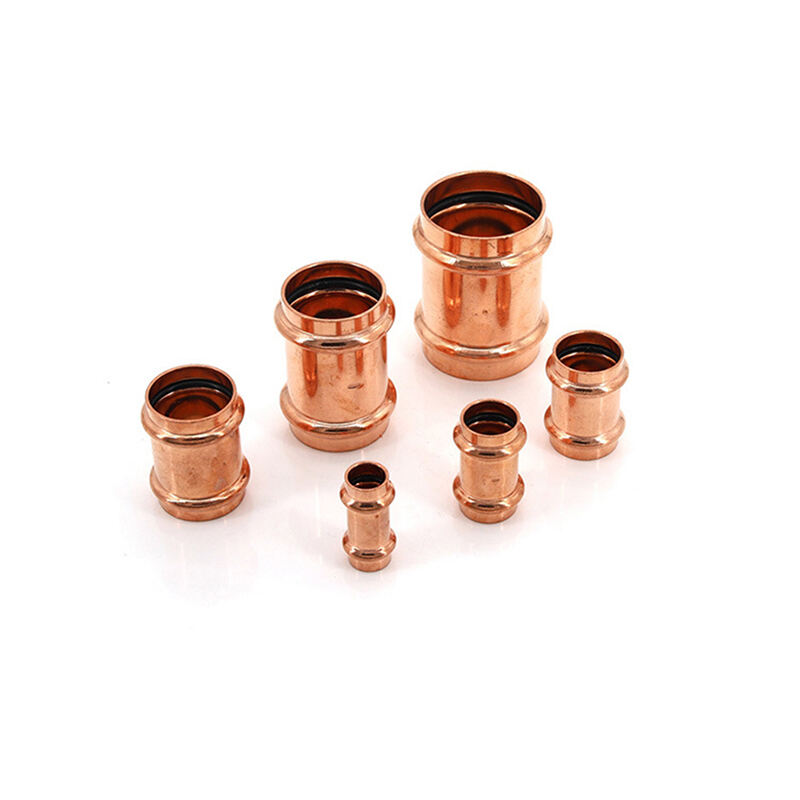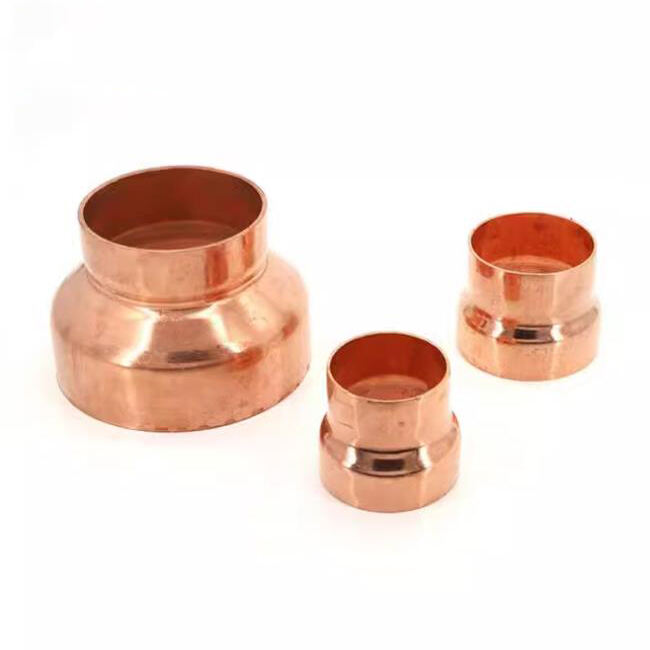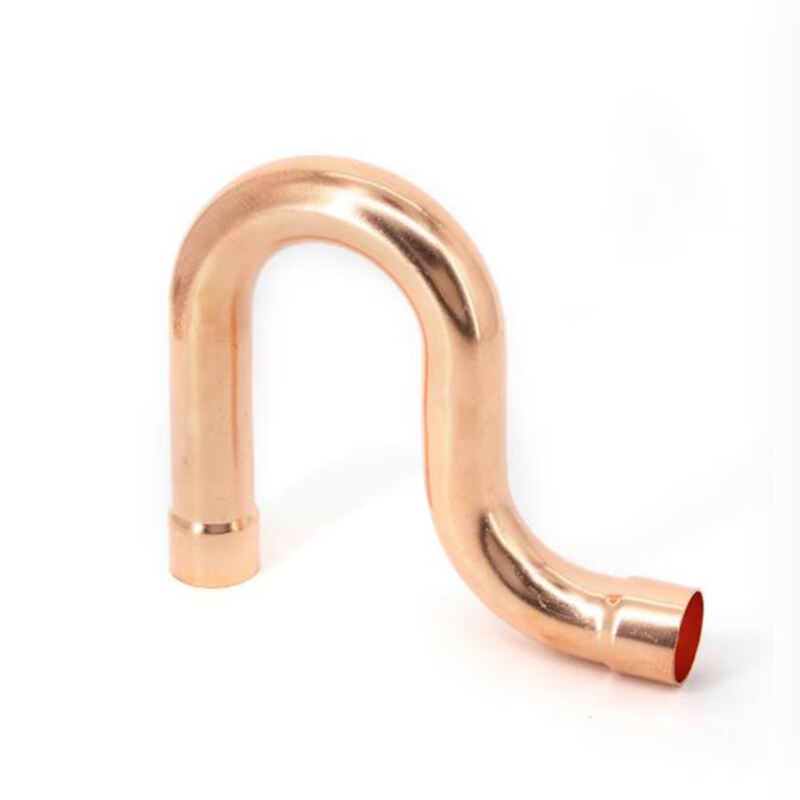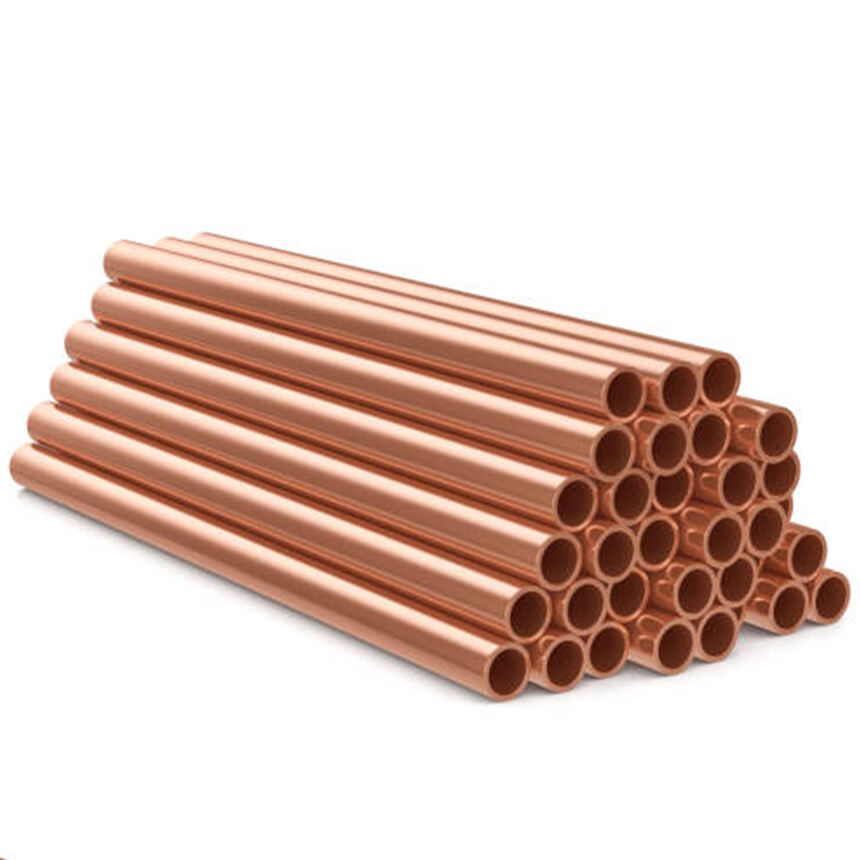The Role of Proper Air Pipe Sizing in System Efficiency
Understanding Pressure Drop and Its Impact
When talking about air pipe systems, pressure drop matters a lot because it shows how much pressure gets lost as air travels through pipes from friction and all sorts of resistance along the way. The bigger this pressure loss becomes, the harder the system has to work just to keep things running smoothly at the same level. And when systems struggle like that, they become less efficient overall which means higher bills for operation. Basically, there's a straight line connecting pressure drop with what we pay for energy costs too. If pressure drops go up, then naturally more power is needed to push against those losses. Research indicates that getting pipe sizes right makes a real difference in cutting down on wasted energy. Most folks in the industry know this already, which is why proper sizing isn't just good practice but actually saves money in the long run.
Flow Rate Requirements and Energy Consumption
Getting the right airflow measurement in Cubic Feet per Minute (CFM) matters a lot when figuring out what size pipes to use in compressed air systems. Accurate flow rate numbers help keep compressors running better while using less power overall. Systems that run at correct flow rates mean the compressors don't have to work as hard to hold pressure levels, which saves energy in the long run. Many facilities have seen real money savings after they got their pipe sizes right based on proper CFM calculations. On the flip side, skipping over these flow rate basics often leads to poor system performance, extra wear and tear on machinery, and higher electricity bills. That's why getting those flow rate numbers right from the start makes all the difference for day-to-day operations and keeping equipment going strong for years instead of replacing it sooner than expected.
Calculating CFM and PSI Requirements
Getting the right size for air pipes starts with knowing how much air the system needs, measured in Cubic Feet per Minute (CFM) and Pounds per Square Inch (PSI). To figure this out, look at what tools will be used and what specific tasks need to happen. The numbers matter because if pipes aren't sized properly, there might not be enough airflow or worse, too much pressure loss across the system. There are plenty of ways to get accurate measurements these days. Some folks still use old school charts printed on paper while others prefer digital calculators or specialized software programs. Whatever method works best, having actual data makes all the difference when selecting components. It cuts down on trial and error and leads to better performance overall.
Pipe Length, Layout, and Material Considerations
How long a pipe runs has a big effect on pressure drops and how air moves through the system. Longer pipes tend to create bigger pressure losses, so good planning matters if we want things to run efficiently. Layout matters too. Each turn and connection point adds resistance to airflow and creates more friction loss. Brass fittings come into play here, along with other types of connections. Material choices really count for something in these systems. Copper stands out because it doesn't corrode easily and conducts heat well. Most professionals know this already. Following established guidelines for things like brass compression fittings and copper connectors helps extend the life of any piping setup and keeps operations running smoothly according to what most experts agree works best in the field.
Consequences of Improper Air Pipe Sizing
Undersized Pipes: Pressure Loss and Compressor Strain
Using pipes that are too small in a compressed air system really messes up how well everything works. Small diameter piping creates more resistance against airflow, which means there's greater pressure loss throughout the system. The compressor has to compensate for this loss by working extra hard just to keep things running at their intended level. According to some studies, when airflow gets blocked like this, compressor efficiency drops around 20 percent. All this added stress shortens equipment life while making it consume more power, which obviously drives up expenses over time. Maintenance teams should check the whole air distribution network periodically to make sure the pipe sizes match both what's needed now and what might be required in the future as operations expand.
Oversized Pipes: Wasted Resources and Installation Costs
Going too big with pipe sizing actually creates problems rather than solving them. Bigger pipes do help prevent pressure loss at first glance, but come with their own set of headaches. They need more materials during installation and take extra energy to run properly. The bottom line? Higher initial expenses and wasted resources over time. Studies show that going beyond what's needed can jack up costs around 30% when factoring in all those extra materials plus the added power needed to push air through wider pipes. And let's not forget about maintenance either. Oversized systems just ask for more trouble down the road. That's why getting accurate measurements matters so much. Consulting professionals helps find that sweet spot where pipes work efficiently without breaking the bank.
Essential Components for Optimal Air Pipe Systems
Copper Press Fitting Male Street Adapter
Copper press fittings make all the difference when it comes to creating solid connections in air systems. These fittings help move air efficiently through copper piping, which keeps the whole system running smoothly. Take the Copper Press Fitting Male Street Adapter for instance. This particular type becomes really handy when plumbers need to connect different kinds of pipes together or when dealing with varying pipe sizes. Many technicians find these adapters indispensable because they hold up well under pressure while still allowing flexibility during installation.
Copper Press Fitting Female Street Adapter
Copper press fitting female street adapters play a key role in establishing solid connections across various air system setups. What makes these adapters so versatile is their ability to work with both copper and brass fittings commonly found in plumbing systems, which means they fit into all sorts of different installations around industrial facilities. Installation tends to be straightforward thanks to their design, while the sealing performance stands out as particularly good at preventing those frustrating air leaks that can plague poorly connected systems over time.
Copper V-Press Fitting Reducing Tee
The Copper V-Press Fitting Reducing Tee makes creating branched lines in air distribution systems much easier for technicians working on HVAC installations. What makes these fittings so useful is their capability to join copper pipes with different sizes together without any leaks or restrictions. This becomes especially important when installing complex ductwork that needs several air outlets throughout a building. The reducing tee handles the branching points well while maintaining proper pressure across all connected sections. Many plumbers and mechanical contractors find these components essential for projects where space constraints require compact connections between various diameter pipes.
Copper Welding 90 Elbow
When working with air piping systems, those 90 degree elbows are pretty much necessary if we want to get air flowing around corners without issues. The copper welded version stands out as a solid choice whenever pipelines need to change direction, keeping everything intact within the system. What makes them work so well? The welding process creates really strong joints that hold up against all sorts of vibrations and fluctuations in pressure that happen throughout normal operations. Most plumbers will tell you these connections last longer than other methods because they just don't come apart easily under stress conditions.









